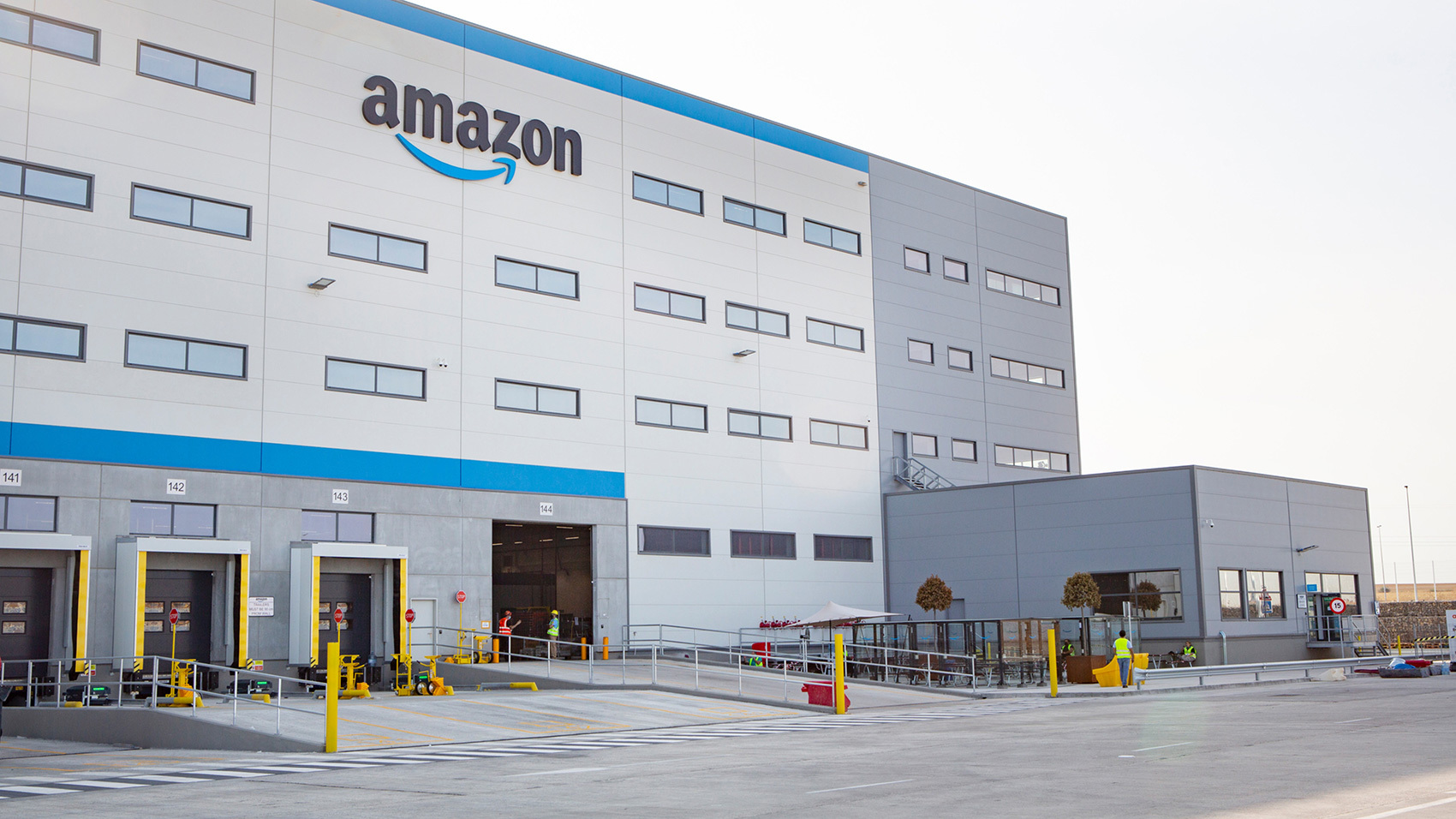breaches, and effective strategies to mitigate risks.
Why Supply Chains Are a Prime Target for Cyberattacks
Unlike a single enterprise, supply chains involve multiple stakeholders, each with varying levels of cybersecurity readiness. Attackers exploit these weak links to gain unauthorized access to critical data and systems. Key reasons supply chains are vulnerable include:
- Third-Party Risks: Vendors, logistics providers, and IT service suppliers often have access to company systems, making them potential entry points for attackers.
- Lack of Visibility: Organizations often struggle to monitor cybersecurity protocols across their entire supply network.
- Data Transmission Risks: Sensitive data, including contracts, payment details, and logistics schedules, is shared across multiple digital platforms, increasing exposure.
- Outdated IT Infrastructure: Many supply chain partners, especially smaller suppliers, may lack the resources to upgrade security systems, making them easy targets.
Common Cybersecurity Threats in Supply Chains
1. Ransomware Attacks
Hackers deploy malware that locks access to critical systems and demand ransom payments to restore them. A major attack can halt supply chain operations and cause significant financial losses.
2. Phishing & Social Engineering
Cybercriminals often target employees through deceptive emails or messages, tricking them into revealing sensitive information or installing malicious software.
3. Data Breaches & Intellectual Property Theft
Competitors or cybercriminals may attempt to steal trade secrets, product designs, or customer data from a company or its suppliers.
4. Supply Chain Attacks
Instead of attacking a company directly, hackers infiltrate its suppliers or software providers to gain access to enterprise systems. The infamous SolarWinds cyberattack is a prime example of how hackers exploited a trusted IT vendor to infiltrate government and corporate networks.
5. IoT Vulnerabilities
With the rise of connected devices in logistics (RFID, GPS tracking, smart warehouses), hackers can exploit weak security protocols in IoT devices to gain control over supply chain operations.
The Impact of Cybersecurity Breaches on Supply Chains
A cyberattack on the supply chain can lead to:
- Operational Disruptions – Delays in production, transportation, and order fulfillment.
- Financial Losses – Ransom payments, regulatory fines, and revenue loss from halted operations.
- Reputational Damage – Customers and stakeholders lose trust in the company’s ability to secure data.
- Legal & Compliance Issues – Violations of data protection laws such as GDPR or industry regulations.
Strategies to Strengthen Supply Chain Cybersecurity
1. Conduct Regular Risk Assessments
- Map out all suppliers and partners to identify potential cybersecurity risks.
- Rank third-party vendors based on their security maturity and criticality to operations.
- Implement strict vetting processes before onboarding new suppliers.
2. Implement Multi-Layered Security Controls
- Use firewalls, encryption, and multi-factor authentication (MFA) to protect access to critical systems.
- Restrict data sharing based on role-based permissions.
- Ensure secure API integrations between different supply chain management tools.
3. Monitor Third-Party Cybersecurity Practices
- Enforce cybersecurity compliance requirements for all supply chain partners.
- Regularly audit suppliers’ security infrastructure and adherence to industry best practices.
- Establish incident response agreements with vendors to address potential breaches.
4. Strengthen Employee Awareness & Training
- Educate employees and partners on phishing scams, password security, and safe data handling.
- Conduct simulated cyberattack drills to improve response readiness.
5. Secure IoT & Cloud Infrastructure
- Regularly update and patch IoT devices to prevent security loopholes.
- Segment IoT networks to isolate critical systems from potential breaches.
- Use secure cloud solutions with end-to-end encryption and strict access controls.
6. Develop an Incident Response Plan
- Establish clear protocols to detect, report, and contain cyber incidents.
- Maintain regular data backups to enable quick recovery from ransomware attacks.
- Work with cybersecurity experts to conduct penetration testing and improve resilience.
Looking Ahead: The Future of Cybersecurity in Supply Chains
With the rise of AI-driven threats and increasingly sophisticated cybercriminals, companies must adopt zero-trust security models and real-time threat monitoring to safeguard their supply chains. Governments and industry groups are also enforcing stricter cybersecurity regulations, making compliance a necessity rather than an option.
In the near future, technologies such as blockchain for secure transactions, AI-powered threat detection, and quantum encryption could play a pivotal role in supply chain cybersecurity.
Conclusion
Cybersecurity in supply chains is no longer a secondary concern—it is a business imperative. As supply chains become more interconnected and digitalized, organizations must proactively identify risks, implement robust security measures, and foster collaboration with supply chain partners.
By strengthening cybersecurity frameworks today, businesses can ensure resilience, protect sensitive data, and build a trustworthy, secure supply chain ecosystem<
.png)
.png)







